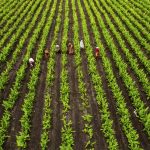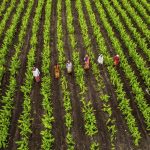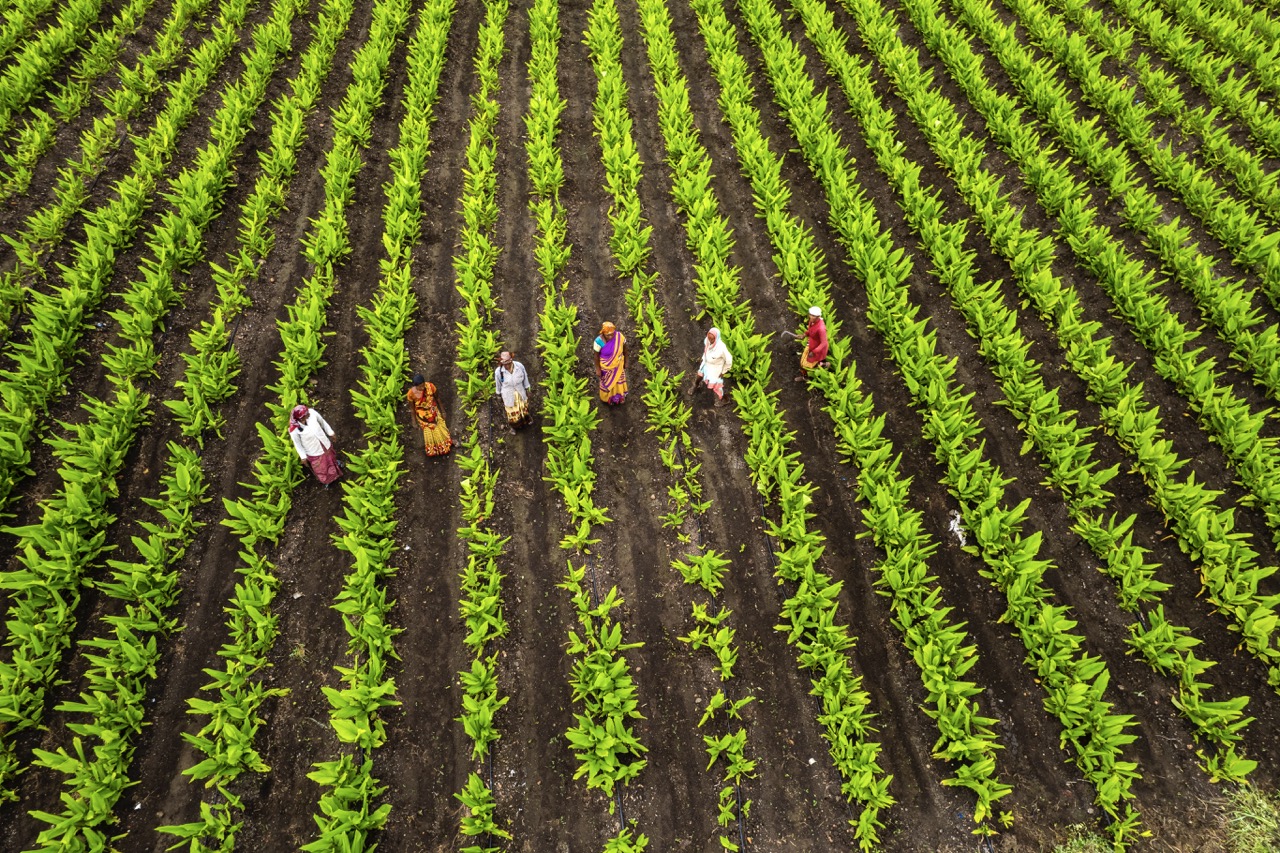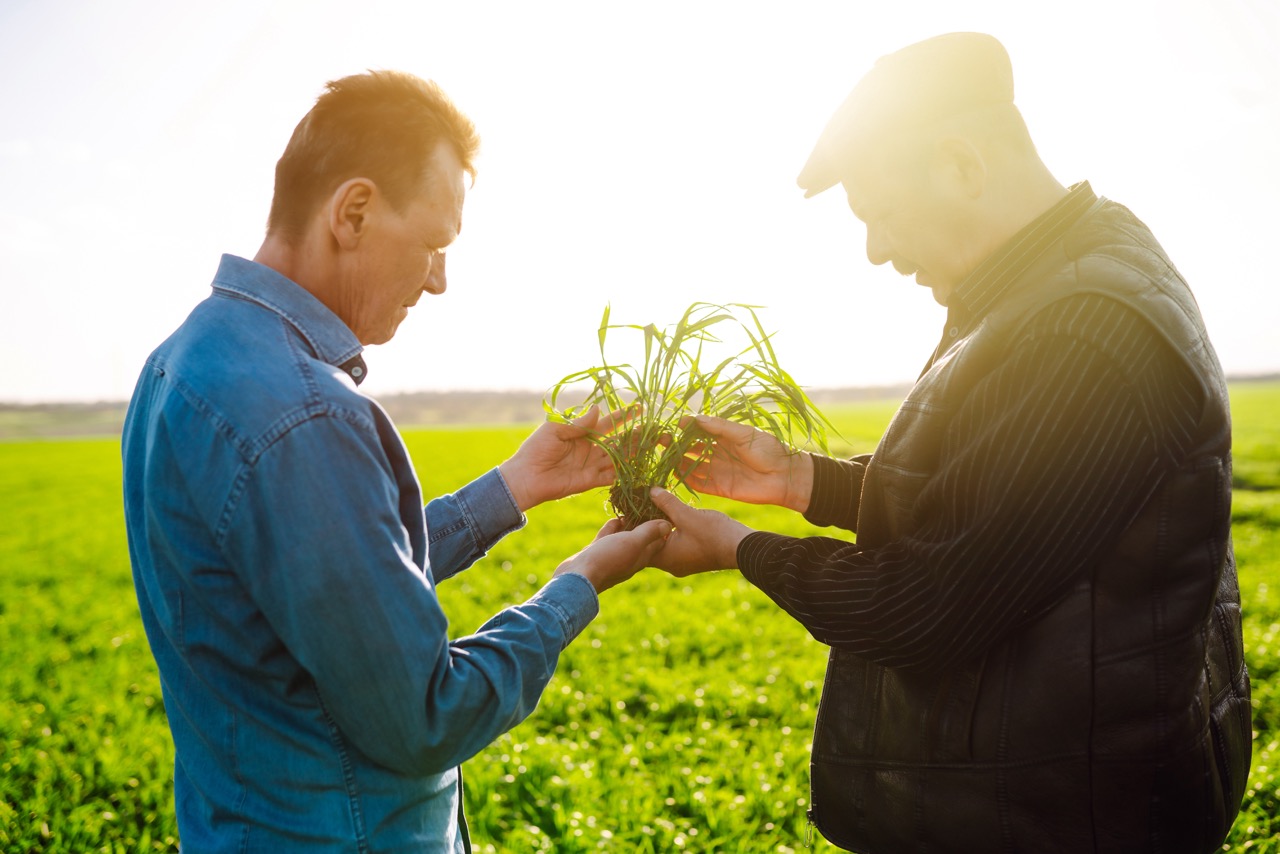As the effects of climate change become increasingly evident, farmers face an urgent need to adapt their practices to ensure long-term viability. Rising temperatures, erratic precipitation patterns, and increased pest pressure significantly impact agricultural productivity. By making informed decisions and adopting resilient farming practices, farmers can safeguard their livelihoods while contributing to sustainable food systems. This article explores essential strategies for enhancing farm resilience in the face of climate change.
Understanding Climate Change Impacts on Agriculture Today
Climate change is reshaping the landscape of agriculture across the globe. Farmers are witnessing firsthand the consequences of rising temperatures, which can lead to heat stress in crops and livestock, affecting both yield and quality. Additionally, unpredictable weather patterns can result in droughts or flooding, challenging farmers to adapt quickly to changing conditions. Research indicates that these climate-related disruptions could decrease crop yields by up to 25% in some regions, making it critical for farmers to understand how these changes manifest on their land.
Furthermore, pests and diseases are becoming more prevalent as a result of climate change. Warmer temperatures can expand the range of invasive species, increasing the pressure on crops and livestock. This shift necessitates a reevaluation of pest management strategies and the adoption of integrated approaches to mitigate potential damage. Farmers must also be aware of the economic implications of climate-related challenges, which can strain resources and threaten their financial stability.
Lastly, soil health is directly impacted by climate change. Extreme weather events can lead to erosion, nutrient depletion, and decreased organic matter, all of which compromise soil health and fertility. As soil is the foundation of agricultural productivity, understanding its vulnerabilities is vital for farmers seeking to maintain healthy and productive land. By recognizing these impacts, farmers can begin to implement strategies that not only address current challenges but also prepare them for future uncertainties.
Implementing Sustainable Farming Practices for Longevity
Sustainable farming practices are essential for building resilience in the agricultural sector. These practices encompass a variety of techniques designed to enhance soil health, conserve water, and reduce dependency on chemical inputs. Crop rotation, cover cropping, and conservation tillage are just a few methods that can improve soil structure and fertility, providing a buffer against the adverse effects of climate change. By prioritizing sustainability, farmers can foster an ecosystem that supports productivity while minimizing environmental degradation.
Water management is another critical aspect of sustainable farming. As climate change leads to increased variability in precipitation, effective irrigation systems become vital. Techniques like drip irrigation and rainwater harvesting can optimize water use, ensuring that crops receive adequate moisture during drought periods while reducing waste. Moreover, integrating practices such as mulching and creating swales can enhance soil moisture retention, which is essential for crop health in increasingly dry conditions.
Lastly, engaging in agroecological practices can help farmers adapt to climate change effectively. These practices promote biodiversity, which enhances ecosystem services such as pest control, pollination, and nutrient cycling. By creating a diverse landscape that supports various species, farmers can cultivate a more resilient agricultural system capable of withstanding climate-induced stressors. Ultimately, sustainable farming practices not only contribute to environmental health but also bolster farm resilience and economic viability.
Diversifying Crops: A Key Strategy for Resilience
Crop diversification is a fundamental strategy for enhancing resilience in agriculture. By planting a variety of crops, farmers can mitigate the risks associated with climate change, such as unpredictable weather patterns and pest outbreaks. Diverse cropping systems can reduce the likelihood of total crop failure and provide a buffer against market fluctuations. For instance, a farmer who grows multiple crops can better absorb losses from a poor yield of one crop by relying on the success of others.
Moreover, crop diversification can lead to improved soil health and increased biodiversity. Different crops have varying nutrient requirements and root structures, contributing to a more balanced soil ecosystem. This varied root architecture can enhance soil structure, reduce erosion, and promote better water infiltration. Additionally, a diverse array of plants can attract beneficial insects and pollinators, further bolstering farm resilience by fostering a robust ecosystem.
Lastly, embracing crop diversification can align with consumer trends favoring locally sourced and diverse food options. Farmers who offer a range of products can tap into niche markets, increasing their economic resilience. By adapting to changing consumer preferences and leveraging the benefits of diversification, farmers can not only secure their immediate livelihoods but also contribute to a more sustainable agricultural future.
Investing in Technology for Adaptive Farming Solutions
In an age where technology permeates every aspect of life, agriculture is no exception. Investing in innovative technologies can provide farmers with adaptive solutions to combat the challenges posed by climate change. Precision agriculture, for example, utilizes data analytics, GPS, and IoT sensors to optimize farming practices. By analyzing soil health, moisture levels, and crop performance, farmers can make informed decisions, maximizing efficiency while minimizing waste and input costs.
Additionally, climate-smart technologies such as drought-resistant seeds and integrated pest management solutions are crucial for adapting to changing conditions. These innovations can help mitigate the impacts of extreme weather events, ensuring that crops are more resilient to stressors. As weather patterns become less predictable, farmers equipped with the latest technologies can respond quickly, adjusting their practices to safeguard their yields and reduce losses.
Finally, investing in education and training for farmers is essential to effectively harness these technological advancements. Workshops, seminars, and online resources can empower farmers to adopt new tools and techniques that promote resilience. By fostering a culture of continuous learning and adaptation, the agricultural sector can ensure that farmers are better prepared to navigate the complexities of climate change, ultimately leading to a more sustainable and resilient food system.
In conclusion, the challenges presented by climate change require a multifaceted approach to ensure the resilience of farms and agricultural systems. By understanding the impact of climate change, implementing sustainable practices, diversifying crops, and investing in technology, farmers can not only protect their livelihoods but also contribute to the broader goal of sustainable agriculture. As the climate continues to evolve, proactive and informed strategies will be essential for building a resilient agricultural landscape capable of withstanding future challenges. The time to act is now, and the path forward is paved with innovation, sustainability, and collaboration.










